This utilitarian cavalry sword, the British 1885 Pattern with its gently curved blade and spear-point tip was intended to be both a cutting and thrusting sword. The debate over whether a proper cavalry sword should be primarily a cutting or thrusting blade was still a lively argument in Victorian military circles. The design of the 1885 therefore was designed to be a compromise. The problem, as most compromises are, is that it does neither function exceptionally well. Nevertheless, the British cavalry found success with the blade in their colonial campaigns.
The 1885 pattern saw its heyday in the British campaigns to subdue Egypt and Sudan. In Sudan it crossed blades with the straight-bladed Kaskara sword wielded by the Sudanese Dervishes. The most notable action of the campaign, and of this sword, was the famed Charge of the 21st Lancers during the 1898 Battle of Omdurman. There, the regiment charged at full gallop what appeared to be several hundred Sudanese Dervishes, but as the charge crashed home it was revealed that there were actually several thousand spear and sword-armed fighters, cunningly hidden in a depression. Too late to abandon the seemingly suicidal charge, the 21st crashed home, lances and swords clashing with the tenacious Sudanese. After a brutal melee, the 21st forced the Dervishes into flight, repelling what might have been near-impossible odds. The highest award for gallantry, the Victoria Cross, was awarded to three lancers. The action was memorialized by Winston Churchill, who was then a young cavalry officer of the 21st at the Battle of Omdurman.
This replica of the 1885 Pattern Cavalry Sword has an unsharpened blade of high carbon steel. The hilt is of steel with a hard rubber grip riveted to the blade tang. the scabbard is of steel with two integrated rings.



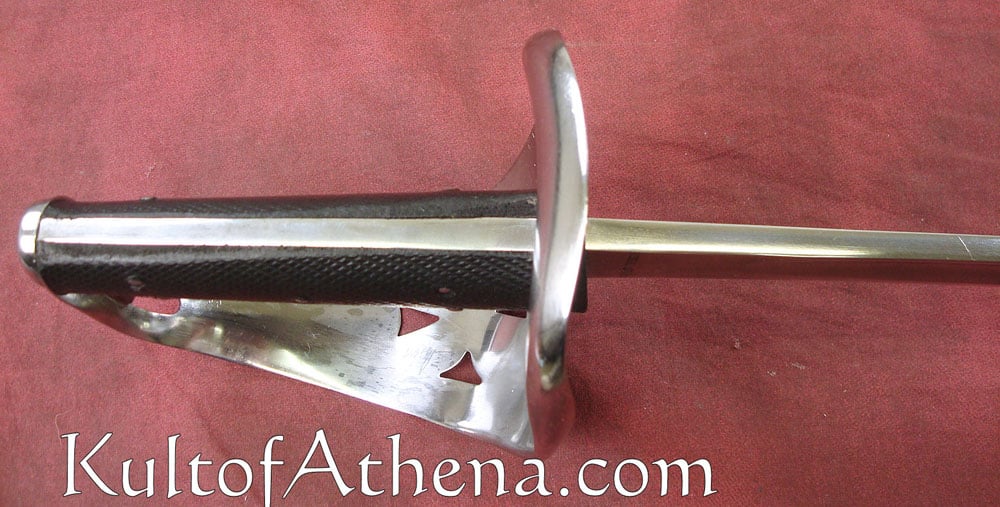

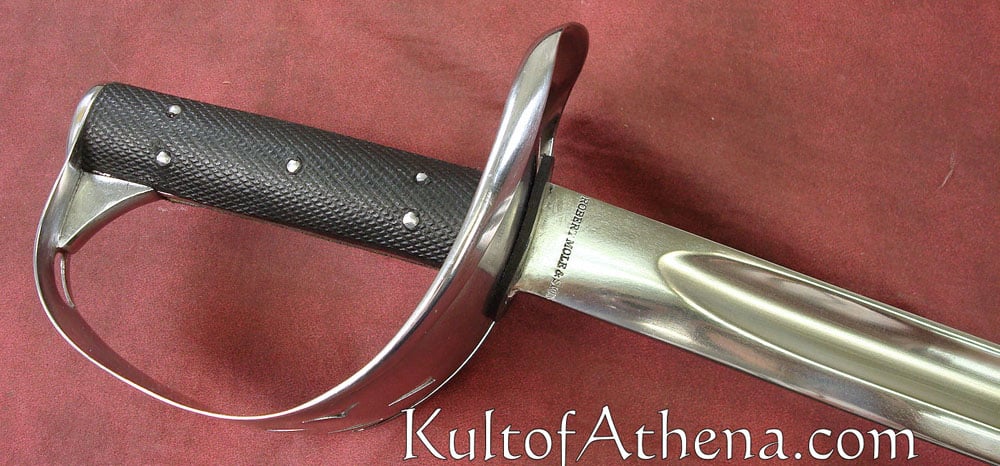
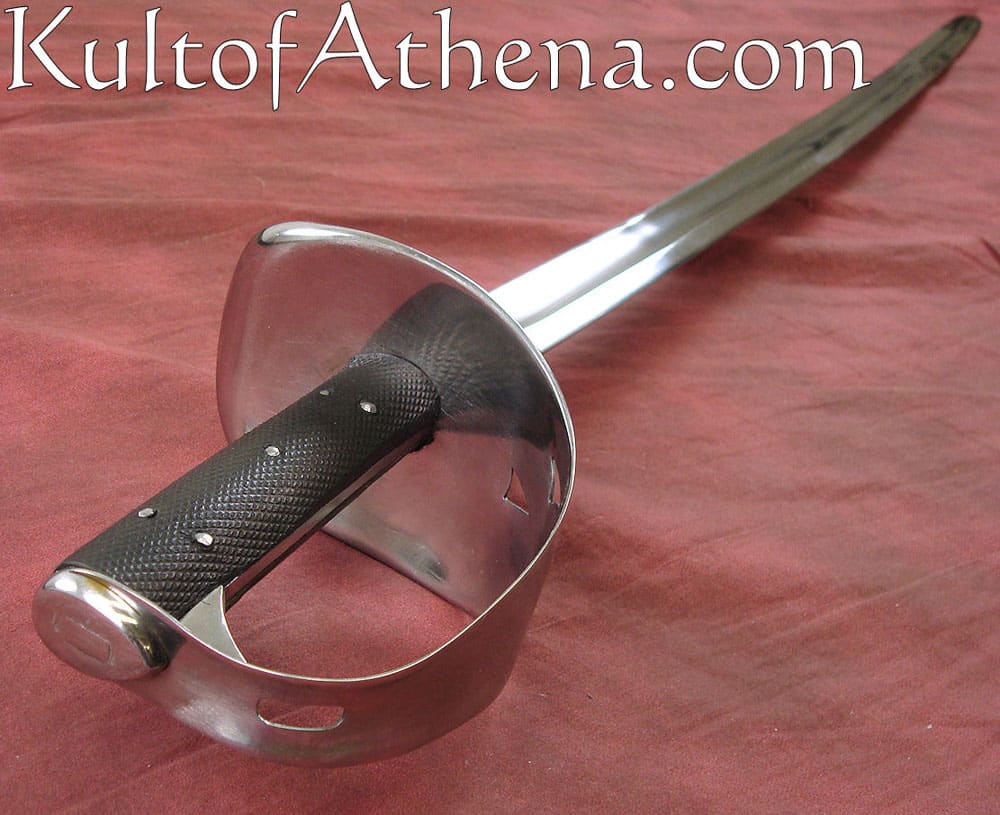
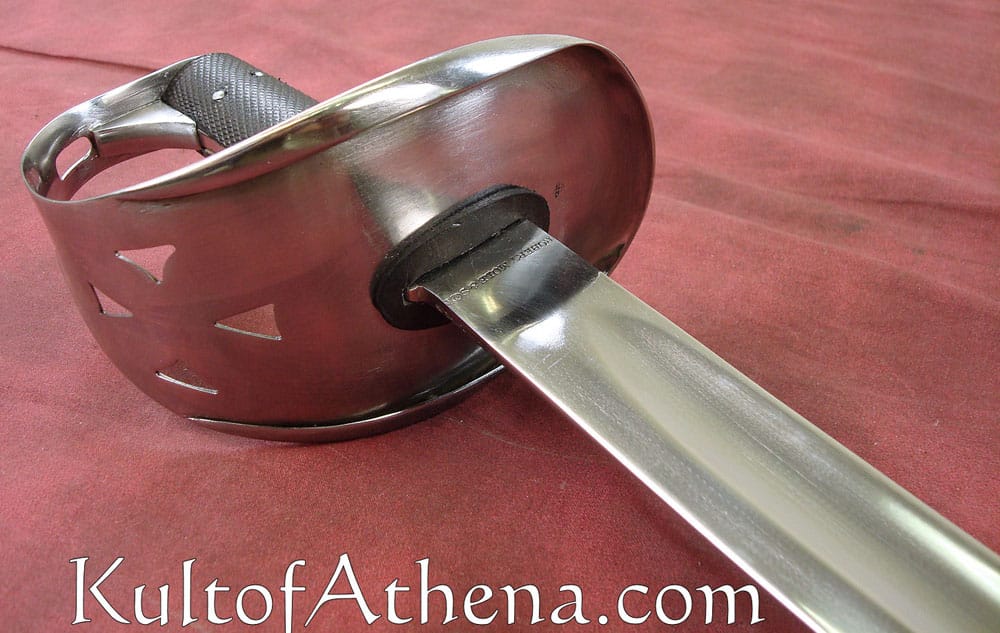
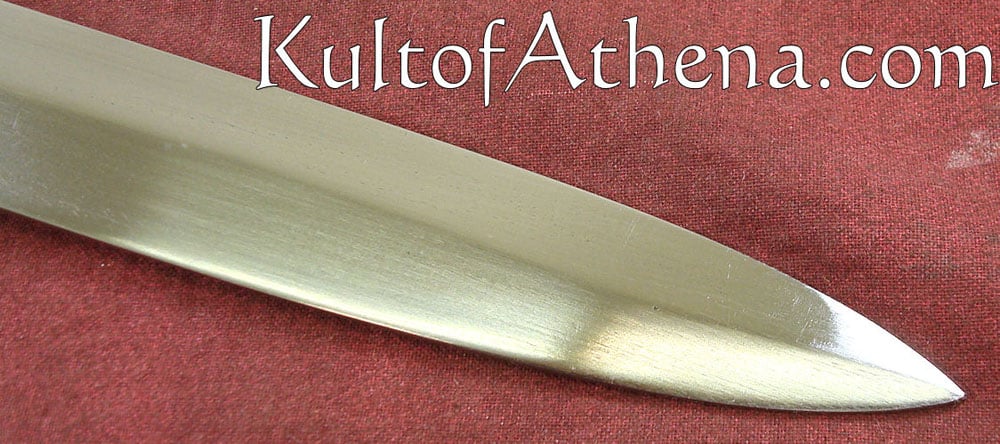
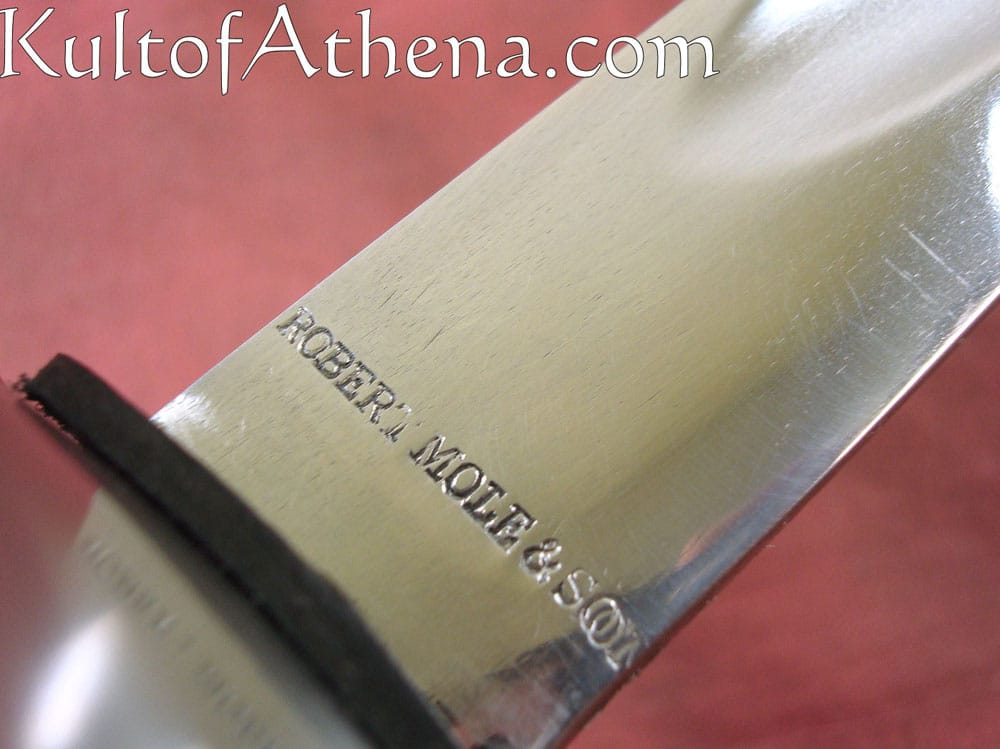

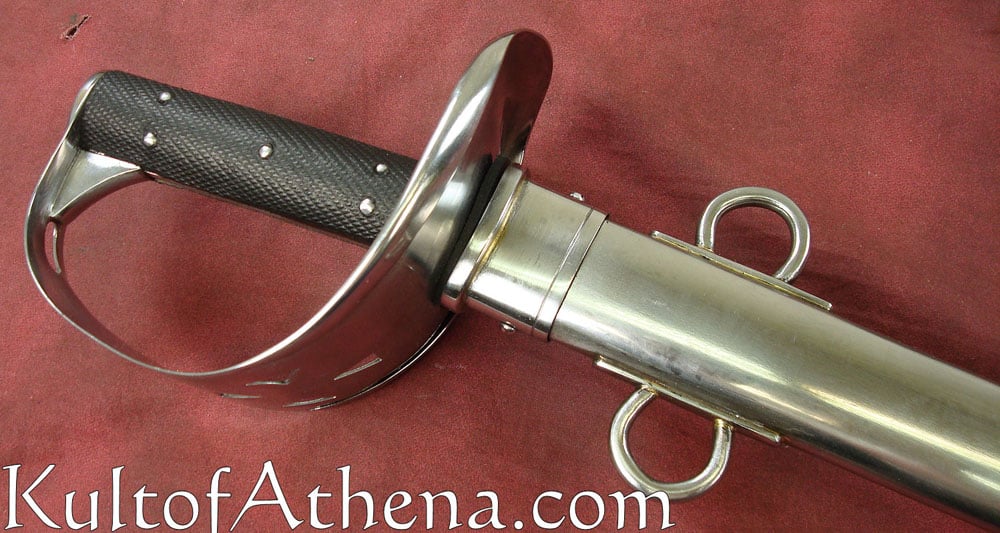

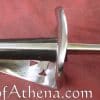
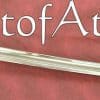
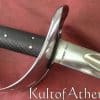
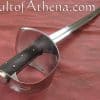
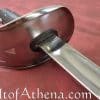
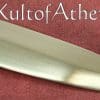

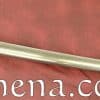
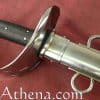
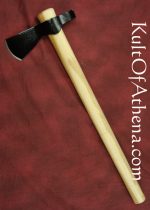
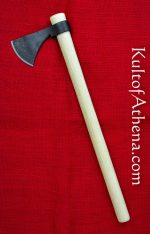
Reviews
There are no reviews yet.